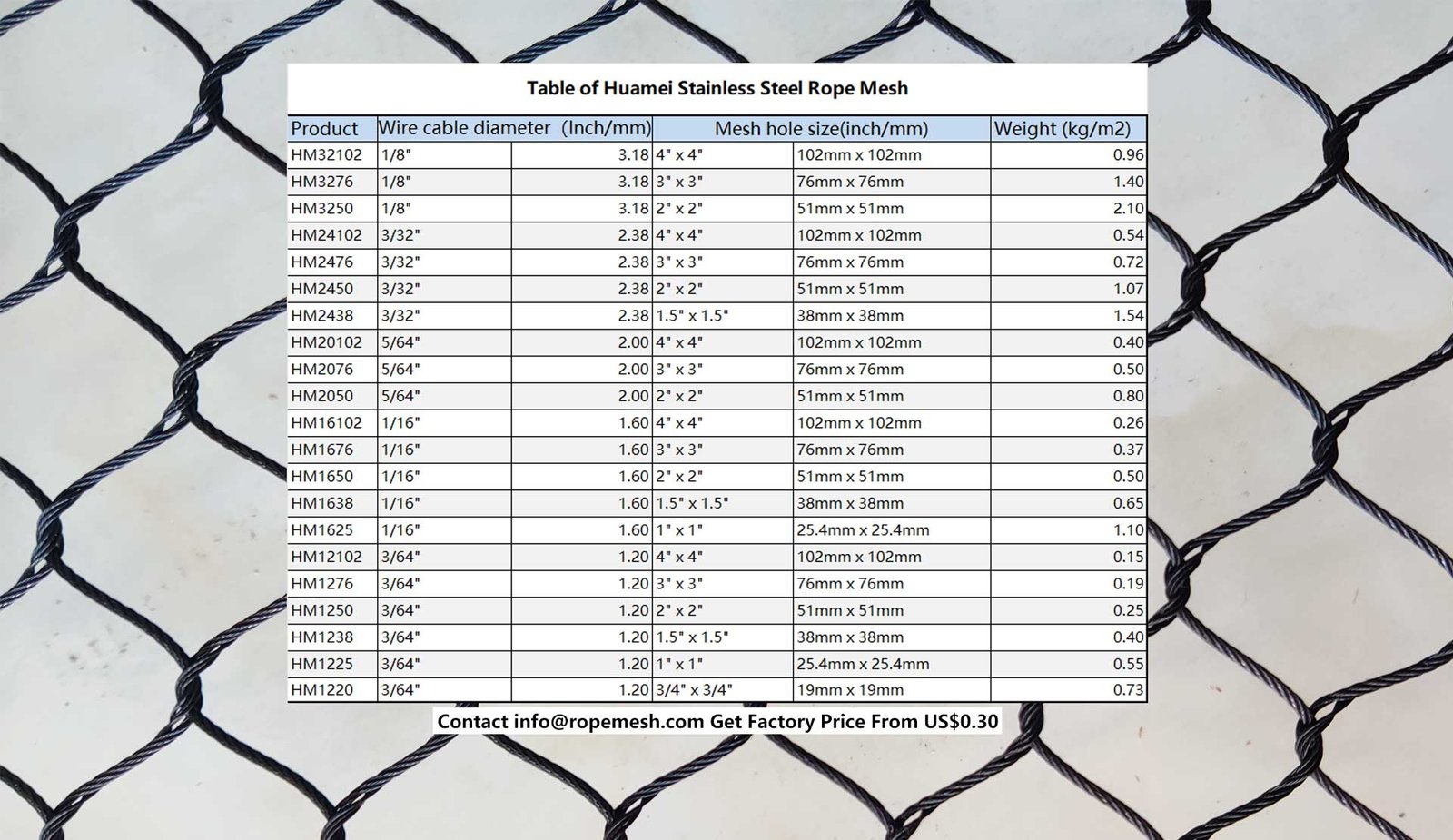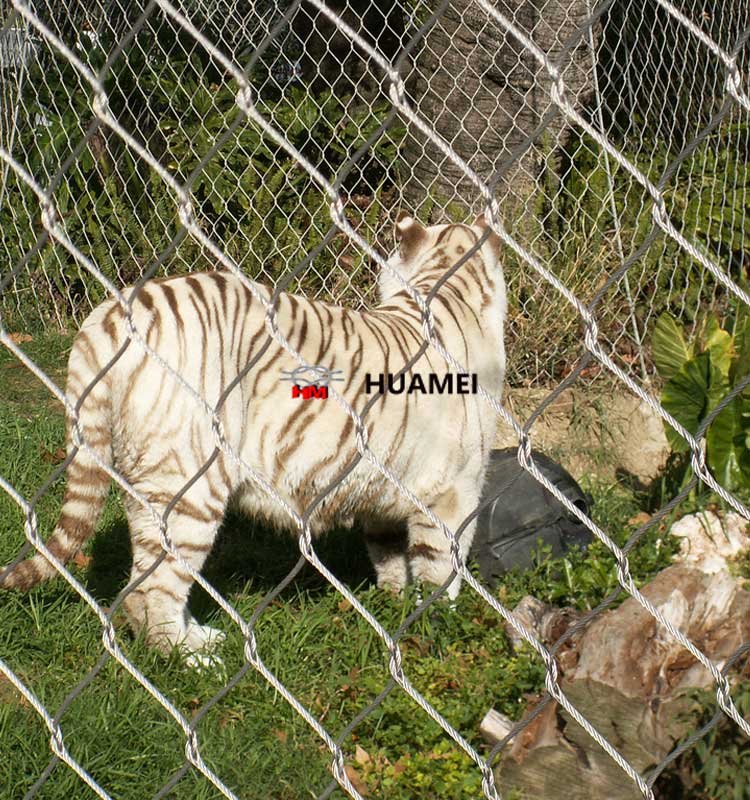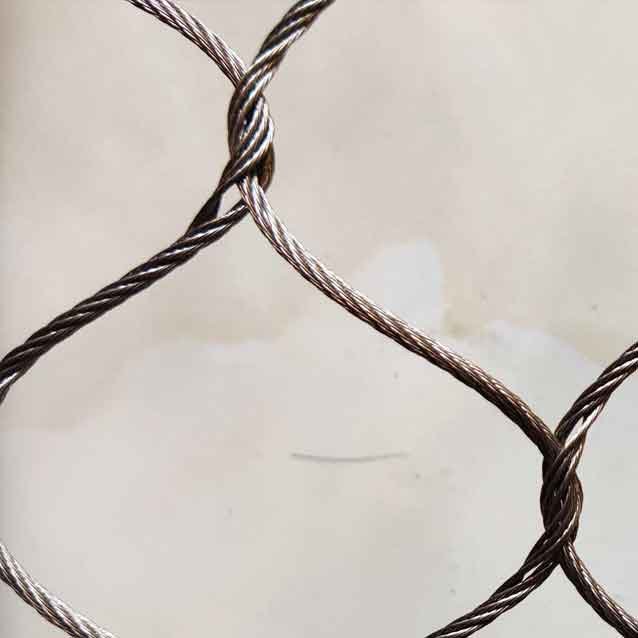Introduction
What is an Animal Barrier Fence?
An animal barrier fence is a protective barrier designed to keep unwanted animals away from your property. Whether you're dealing with pesky deer, curious raccoons, or pesky rabbits, a well-designed fence can be a valuable tool to protect your garden, crops, or pets.
Why Do You Need an Animal Barrier Fence?
There are many reasons why you might consider installing an animal barrier fence. Here are a few of the most common:
- Protect your garden:Animals can wreak havoc on your garden, eating your plants and digging up your flower beds.
- Keep your pets safe: A fence can help prevent your pets from wandering off or encountering dangerous wildlife.
- Prevent property damage:Animals can cause damage to your property by digging, chewing, or scratching.
- Protect wildlife: Some animals, such as deer, can be harmful to certain plants. A fence can help protect these plants from damage.
Types of Animal Barrier Fences
There are several different types of animal barrier fences available. The best type for you will depend on your specific needs and budget. Here are some of the most common options:
- Electric fences: These fences use a low-voltage electric current to deter animals.
- Solar-powered fences:These fences are powered by solar energy, making them a more eco-friendly option.
- Invisible fences: These fences use a buried wire and a receiver collar to create a virtual boundary.
- Physical barrier fences: These fences are made of materials such as wood, metal, or plastic.
- Stainless steel rope mesh: A durable and effective option that can deter various animals.
In the next section, we'll take a closer look at electric fences and their benefits and drawbacks.


